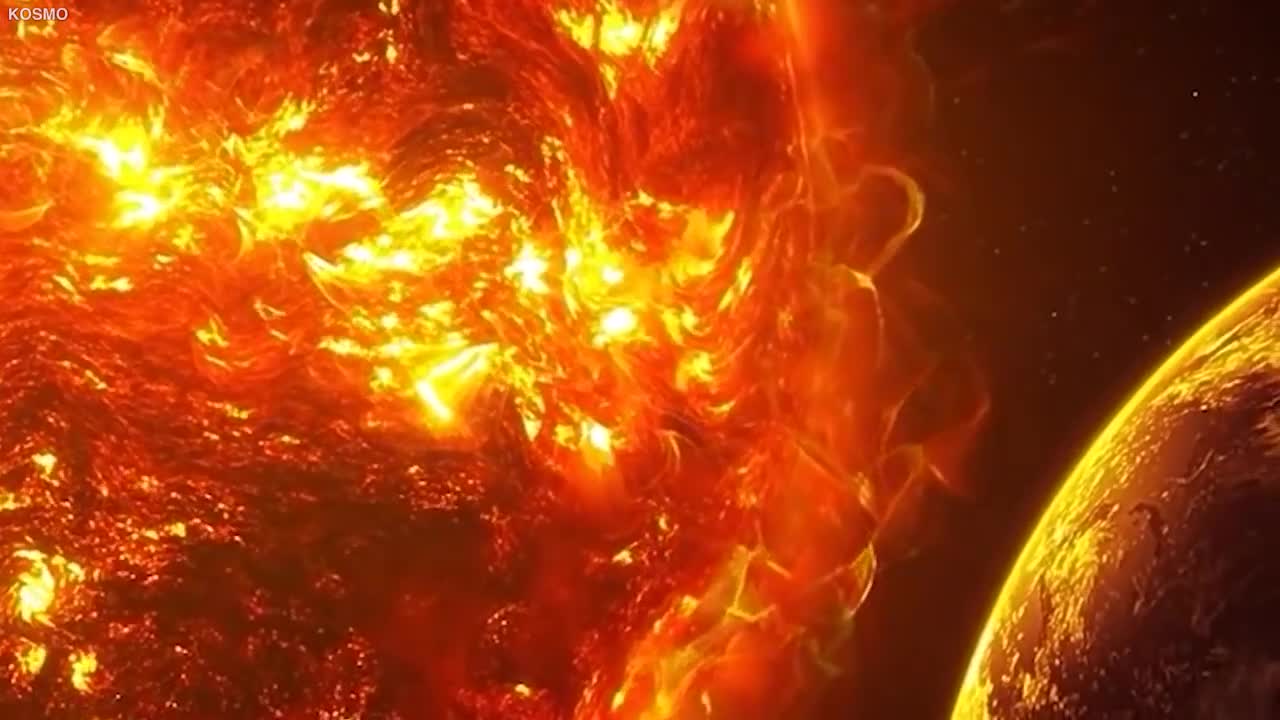Premium Only Content

What did James Webb discover in space? Is it dangerous? NASA explains.
Go to the channel below to watch the full video. Learn about the amazing new discoveries in the universe. Learn the latest. Grow your knowledge about the universe. If the video is worth it, subscribe to the channel (Universe Space SL). James Webb The internet exploded in late July.
The space telescope captured the first image of a pair of stars surrounded by ghostly dust shells. Some space enthusiasts speculated about extraterrestrial megastructures, while astronomers investigated physics.
The image also included some mysterious "'spear'"-like shapes of diagonal light that some scientists mistook for a telescope error. Have NASA and JWST finally found aliens? Is it an alien structure? Join us as we find out what JWST caught that shocked everyone!
The star responsible for the mind-boggling show is known as WR140, which is in fact a system of two stars that circle each other. WR 140 is located in Cygnus, a prominent constellation in northern hemisphere sky, more than 5,000 light-years distant. At its core sits one of the universe's most extreme types of stars -these huge stars are extremely rare - our galaxy has roughly one in a billion stars. They are extraordinarily brilliant in comparison to other stars because they are on the brink of bursting.
One of the stars in the pair is designated as a Wolf-Rayet, a rare form of star that is hundreds of thousands of times brighter and far hotter than the sun. "Wolf-Rayets are so luminous, they're almost flying apart under their own luminosity" said Peter Tuthill of the University of Sydney, the study's co-author. They also emit a lot of radiation and blast winds including components like carbon, which infrared telescopes like the JWST can detect.
According to Yinuo Han, an astronomer at Cambridge
University in the United Kingdom and lead author on one of the new studies about WR140, Wolf-Rayet stars represent the final stage in the evolution of giant stars dozens of times more massive than the sun before they explode in supernovas and turn into black holes. james webb telescope,james webb telescope terrifying discoveryjames webb proxima b,james webb telescope proxima b,james webb space telescopejames webb,james webb discoveryjames webb aliensjames webb trappistjames webb new image,webb telescope,james webb update,james webb new images,proxima centauri,proxima b,proxima b aliens,proxima b radio signal,exoplanets,aliens,solar system,space,space videos,you curious,youcurious
-
 LIVE
LIVE
Kim Iversen
3 hours agoBANNED for Telling the Truth: The 9/11 and Epstein Plot They Don't Want You To Hear
2,667 watching -

Glenn Greenwald
3 hours agoRFK Jr. Hearing Reveals DC Pro-Pharma Consensus; Trump's Executive Order to Deport Student Protesters Criticizing Israel; Untangling DC Think Tank Funding & Influence | SYSTEM UPDATE #399
14.4K32 -
 LIVE
LIVE
The Jimmy Dore Show
2 hours agoLiz Warren DEFENDS Big Pharma At RFK Hearing! Trump Dismisses Concerns Over NJ Drones!
18,414 watching -
 LIVE
LIVE
Space Ice
4 hours agoSpace Ice & Redeye: Van Damme's The Quest: Pirates, Clowns, James Bond & Bloodsport
274 watching -
 LIVE
LIVE
The StoneZONE with Roger Stone
2 hours agoJ6 Martyr Enrique Tarrio Describes Inhumane Prison Conditions Ordered by Biden | The StoneZONE
831 watching -
 16:48
16:48
Tundra Tactical
1 hour agoAffordable Medical Gear From ACETAC SHOT Show 2025
311 -
 1:46:16
1:46:16
Redacted News
4 hours agoRFK CONFIRMATION: Kennedy goes to WAR with Big Pharma Democrats in Fiery Hearing | Redacted Live
106K270 -
 57:31
57:31
Candace Show Podcast
4 hours agoBREAKING! Taylor Swift Turns Against Blake Lively & Ryan Reynolds | Candace Ep 141
126K162 -
 1:04:59
1:04:59
Sarah Westall
1 hour agoRFK Jr Report, Constitution Suspended, War Time Procedures in Place, WHO Exit, DOD w/ Sasha Latypova
4.93K3 -
 1:56:37
1:56:37
Melonie Mac
5 hours agoGo Boom Live Ep 35!
20.2K9